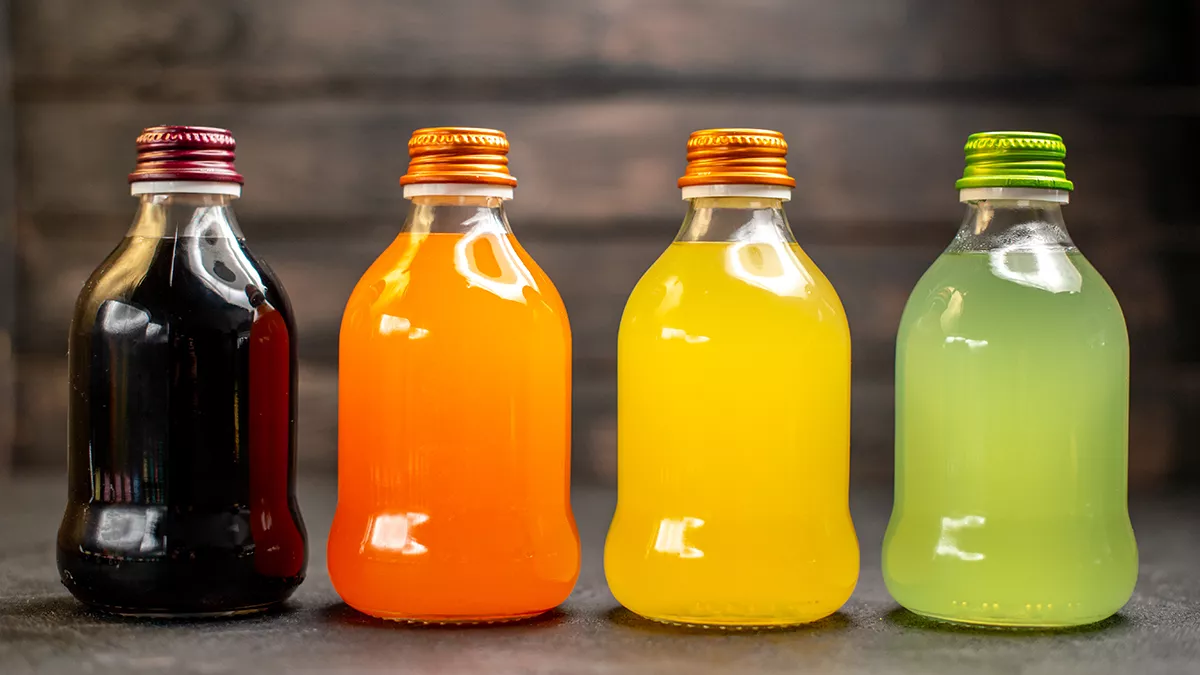Impact Of Artificial Food Colours On Your Health
Research suggests that there is a modest link between food colouring and hyperactivity in children.
A colour additive is defined by the FDA(food and drug administration) as "any ingredient that imparts colour to a food, medication, cosmetic, or the human body."

Food colour is a man-made, complicated compound that was originally derived from coal tar but is now derived from petroleum. Petroleum is a crude oil product that is widely used to manufacture gasoline, diesel fuel, asphalt (the sticky black material used to build driveways), and plastic. Sounds delicious, doesn't it?
What Is the Purpose of Food Coloring?
Some food processing might erase the natural colour of the food. Food colouring alters the colour and appearance of food to make it more enticing to the consumer. Artificial food dye is often preferred over natural food dye because it has brighter hues, a longer shelf life, and a lower production cost. But artificial food colours can cause health issues.
1) Food colouring and hyperactivity in children:
Research suggests that there is a modest link between food colouring and hyperactivity in children. Some research suggest that a hereditary component or attention deficit hyperactivity disorder (ADHD) renders some youngsters more vulnerable to this effect. Taking food colouring out of a child's diet may help to alleviate these symptoms.
2) Contains carcinogenic and hazardous chemicals:
Some of the most regularly used food colours (Red 40, Yellow 5, and Yellow 6) contain carcinogens or cancer-causing chemicals such 4-aminobiphenyl, 4-aminoazobenzene, and benzidine.
Red 3 was discovered to be an animal carcinogen in 1990, but it is still allowed in our food.
3) Allergies:
In sensitive people, artificial food colouring can induce allergic reactions such as rashes and asthma.

Does the colour of food affect its taste?
The sight of food, like the aroma, sound, and texture, is part of the experience. Colour influences how people perceive and taste food because it improves flavours and drives appetite. Colour may also influence people's judgement by changing how they perceive the food to be. Food colour is also important since humans have evolved to be aware of it. Colour is the most straightforward way to tell whether a food is rotten or harmful.
How We Can Replace Artificial Food Colours
Natural green colour can be prepared from spinach, red dye from beetroot, and purple can be prepared from purple carrot. Apart from this, there are many fruits and vegetables from which different types of natural colors can be prepared. Food made from these will be tasty and beneficial for health. We should not ignore adulteration in food, as they can become the cause of many major diseases.